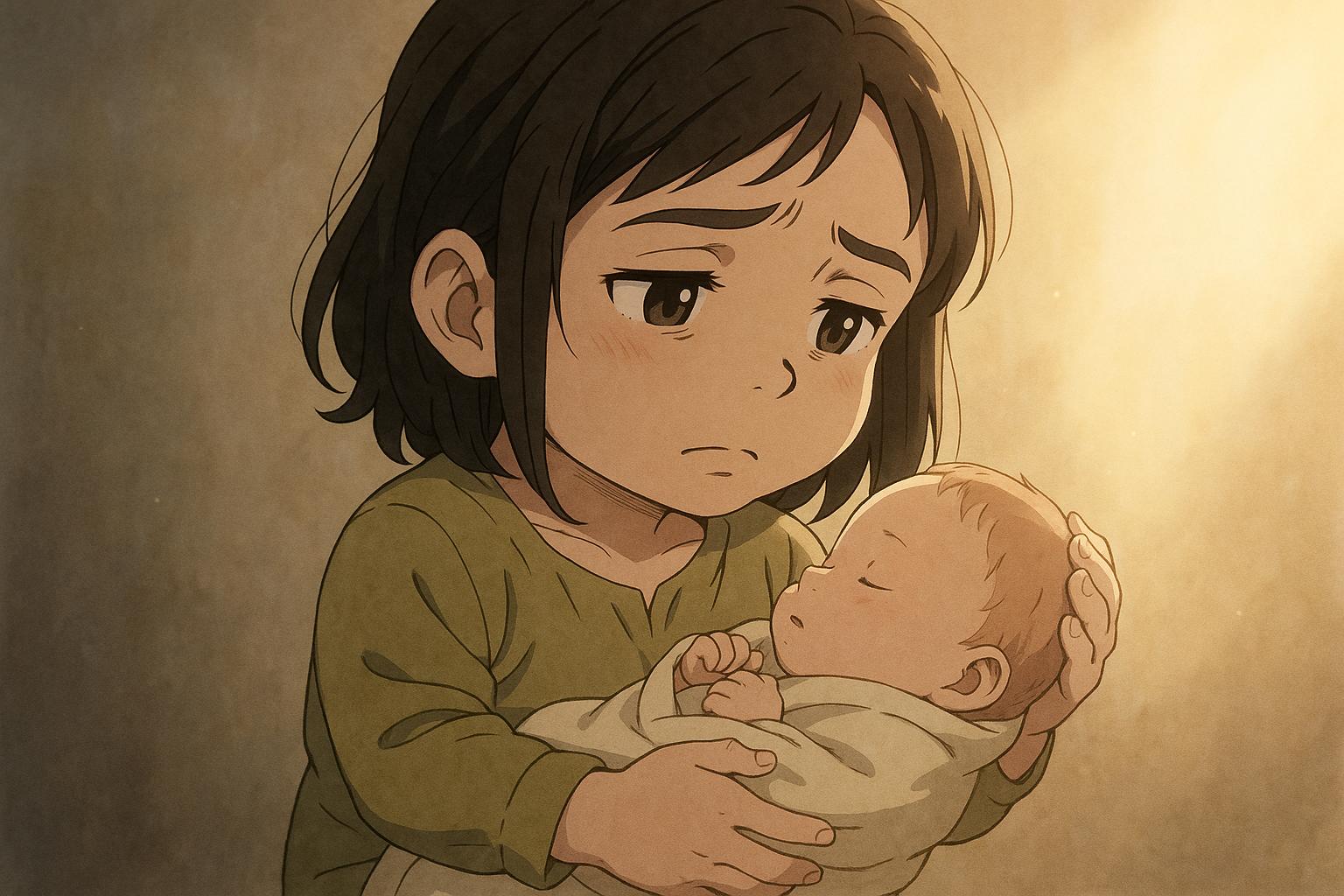In her new documentary Should I Have Children?, Ellie Simmonds aims to explore the significant and complex issues surrounding parenting and disability. The film features Simmonds's emotional reunion with her birth mother, who shares the difficult circumstances that led to Ellie’s adoption and her struggles with the negative narratives surrounding her dwarfism. While this moment resonates deeply, the narrative also shifts to the experiences of expectant parents David and Megan, who grapple with the prospect of having a child diagnosed with Down's syndrome. This poignant portrayal illustrates the balancing act between fear and love as they confront their initial apprehensions against the backdrop of the joy that comes when they finally meet their baby.
However, the documentary is met with criticism for not delving deeper into the systemic fears and societal stigma that significantly influence decisions surrounding disability and parenting. The film, while thought-provoking, falls short in exploring how societal attitudes toward disabilities shape personal choices, particularly regarding abortion and adoption. David’s reflections on potential bullying and future care for his child touch on these fears, yet the broader societal implications appear glossed over. This lack of depth raises questions about the inherent freedom of choice when societal norms can carry a heavy stigma attached to having a disabled child.
The legal context surrounding these difficult choices is also notably absent in the film. In the UK, the Abortion Act 1967 allows termination of pregnancies up to 24 weeks, but this period extends to term if there is a significant risk of serious physical or mental abnormalities. Such legislation creates a dichotomy that raises ethical questions about value in life, implicitly suggesting that disabled lives may not hold the same worth as those deemed "normal." These critical conversations, however, were not addressed, leaving viewers to ponder the implications without sufficient guidance from the film's narrative.
Moreover, Simmonds’s personal reflections throughout the documentary present an important angle but ultimately lean too heavily towards the medical aspects of genetic conditions. The film does not engage with the ethical considerations surrounding the passing of such conditions to future generations, potentially underpinning a narrative that suggests the existence of disability equates to a life not worth living. This omission is particularly striking given the ongoing conversations about the reproductive rights of disabled individuals, a demographic that often faces systemic prejudice.
The exclusion of such discussions is compounded by the lived experiences of many disabled parents who deal with heightened societal scrutiny and inadequate support systems. The documentary would have benefitted from more robust representation of the challenges and barriers faced by these individuals, thereby strengthening its central question: should Ellie Simmonds have children? By neglecting the social fabric woven around this question, the film risks perpetuating the same fears it seeks to illuminate.
Despite these shortcomings, Should I Have Children? remains a valuable contribution to the discourse around disability and parenting. Simmonds's empathetic approach fosters a dialogue that many may not have considered, helping to humanise the experiences of families navigating these complex decisions. As Simmonds highlights, for many, the choice to have a child encompasses layers of consideration far beyond medical facts, touching on societal perceptions that often skew the realities of disabled lives.
The film succeeds in initiating conversations about the struggles and joys of parenting disabled children, but it underscores the need for a broader dialogue. To foster understanding and acceptance, it is imperative to address the fears and stigma that persist in society regarding disability. Engaging with these issues more comprehensively would not only enhance public awareness but also advocate for changes in societal attitudes, empowering disabled individuals and their families with a narrative reflective of acceptance rather than fear.
Reference Map:
- Paragraph 1 – [1], [2]
- Paragraph 2 – [1], [3], [4]
- Paragraph 3 – [1], [2], [5]
- Paragraph 4 – [1], [6]
- Paragraph 5 – [1], [4], [5]
- Paragraph 6 – [1], [2], [3]
- Paragraph 7 – [1], [6]
Source: Noah Wire Services
